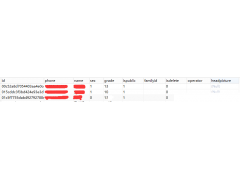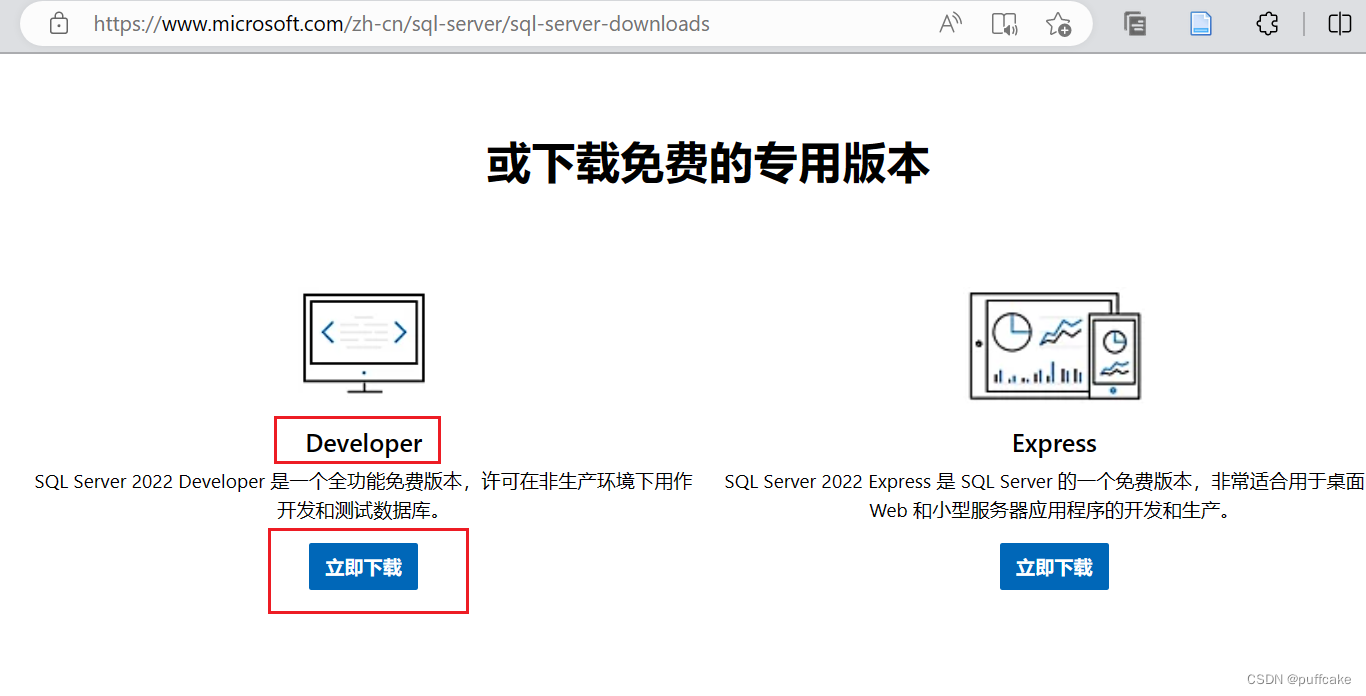pom依赖!-- json解析框架:fastjson依赖 --dependencygroupIdcom.alibaba/groupIdartifactIdfastjson/artifactIdversion1.2.29/version/dependency!-- redis 依赖 --dependencygroupIdorg.s...

pom依赖
<!-- json解析框架:fastjson依赖 -->
<dependency>
<groupId>com.alibaba</groupId>
<artifactId>fastjson</artifactId>
<version>1.2.29</version>
</dependency>
<!-- redis 依赖 -->
<dependency>
<groupId>org.springframework.boot</groupId>
<artifactId>spring-boot-starter-data-redis</artifactId>
</dependency>
fastjson用于重写redis序列化
重写序列化感谢这位仁兄的博客
fastjson的序列化操作
import com.alibaba.fastjson.JSON;
import com.alibaba.fastjson.serializer.SerializerFeature;
import org.springframework.data.redis.serializer.RedisSerializer;
import org.springframework.data.redis.serializer.SerializationException;
import java.nio.charset.Charset;
/**
* 使用fastjson序列化替换JDK
* @param <T>
*/
public class FastJsonRedisSerializer<T> implements RedisSerializer<T> {
public static final Charset DEFAULT_CHARSET = Charset.forName("UTF-8");
private Class<T> clazz;
public FastJsonRedisSerializer(Class<T> clazz) {
super();
this.clazz = clazz;
}
@Override
public byte[] serialize(T t) throws SerializationException {
if (null == t) {
return new byte[0];
}
return JSON.toJSONString(t, SerializerFeature.WriteClassName).getBytes(DEFAULT_CHARSET);
}
@Override
public T deserialize(byte[] bytes) throws SerializationException {
if (null == bytes || bytes.length <= 0) {
return null;
}
String str = new String(bytes, DEFAULT_CHARSET);
return (T) JSON.parseObject(str, clazz);
}
}
配置redis覆盖原有的序列化
import com.maybe.ssm.utils.FastJsonRedisSerializer;
import org.springframework.boot.autoconfigure.condition.ConditionalOnClass;
import org.springframework.boot.autoconfigure.condition.ConditionalOnMissingBean;
import org.springframework.boot.autoconfigure.data.redis.RedisProperties;
import org.springframework.boot.context.properties.EnableConfigurationProperties;
import org.springframework.context.annotation.Bean;
import org.springframework.context.annotation.Configuration;
import org.springframework.data.redis.connection.RedisConnectionFactory;
import org.springframework.data.redis.core.RedisOperations;
import org.springframework.data.redis.core.RedisTemplate;
import org.springframework.data.redis.core.StringRedisTemplate;
import org.springframework.data.redis.serializer.StringRedisSerializer;
/**
* 配置redis序列化问题
* 使用fastjson解决
*/
@Configuration
@ConditionalOnClass(RedisOperations.class)
@EnableConfigurationProperties(RedisProperties.class)
public class RedisConfig {
@Bean
@ConditionalOnMissingBean(name = "redisTemplate")
public RedisTemplate<Object, Object> redisTemplate(
RedisConnectionFactory redisConnectionFactory) {
RedisTemplate<Object, Object> template = new RedisTemplate<>();
//使用fastjson序列化
FastJsonRedisSerializer fastJsonRedisSerializer = new FastJsonRedisSerializer(Object.class);
// value值的序列化采用fastJsonRedisSerializer
template.setValueSerializer(fastJsonRedisSerializer);
template.setHashValueSerializer(fastJsonRedisSerializer);
// key的序列化采用StringRedisSerializer
template.setKeySerializer(new StringRedisSerializer());
template.setHashKeySerializer(new StringRedisSerializer());
template.setConnectionFactory(redisConnectionFactory);
return template;
}
@Bean
@ConditionalOnMissingBean(StringRedisTemplate.class)
public StringRedisTemplate stringRedisTemplate(
RedisConnectionFactory redisConnectionFactory) {
StringRedisTemplate template = new StringRedisTemplate();
template.setConnectionFactory(redisConnectionFactory);
return template;
}
}
沃梦达教程
本文标题为:spring boot2 redis使用


基础教程推荐
猜你喜欢
- MySQL索引优化之适合构建索引的几种情况详解 2023-12-29
- 浅谈数据库优化方案 2024-02-16
- 如何保障mysql和redis之间的数据一致性 2024-04-25
- 详解Redis连接命令使用方法 2024-03-23
- SQL Server之SELECT INTO 和 INSERT INTO SELECT案例详解 2024-02-13
- Redis配置项汇总 2024-04-04
- Mysql查看死锁与解除死锁的深入讲解 2024-02-14
- Redis GEORADIUS命令 2024-04-06
- mysql时间字段默认设置为当前时间实例代码 2022-08-31
- mysql服务启动却连接不上的解决方法 2023-12-08

















